From Paleolithic Venus to the Kardashians: how the fashion for women's breasts has changed
Categories: History
By Pictolic https://pictolic.com/article/from-paleolithic-venus-to-the-kardashians-how-the-fashion-for-womens-breasts-has-changed.htmlThe canons of beauty are a very dynamic thing. And if at the dawn of civilization the female breast was just a "functional" addition, then over time its shape and size became an important criterion of female beauty and a source of inspiration for artists.
Let's look at the evolution of the ideal of the female breast: how the fashion for the female bust has changed from the Paleolithic to the present day.

Upper Paleolithic and Neolithic

The beauties of the Stone Age are known to us from the so-called Paleolithic Venuses, which are found in abundance by archaeologists. Figurines of a sacred and pornographic nature, depicting the goddesses of fertility, embodied the sexual ideal of our ancestors. So, the dream of the heroes of the stone axe and the flint tip were constantly pregnant or just fat women with huge seats and breasts hanging down to the knees on the sides of the stomach.
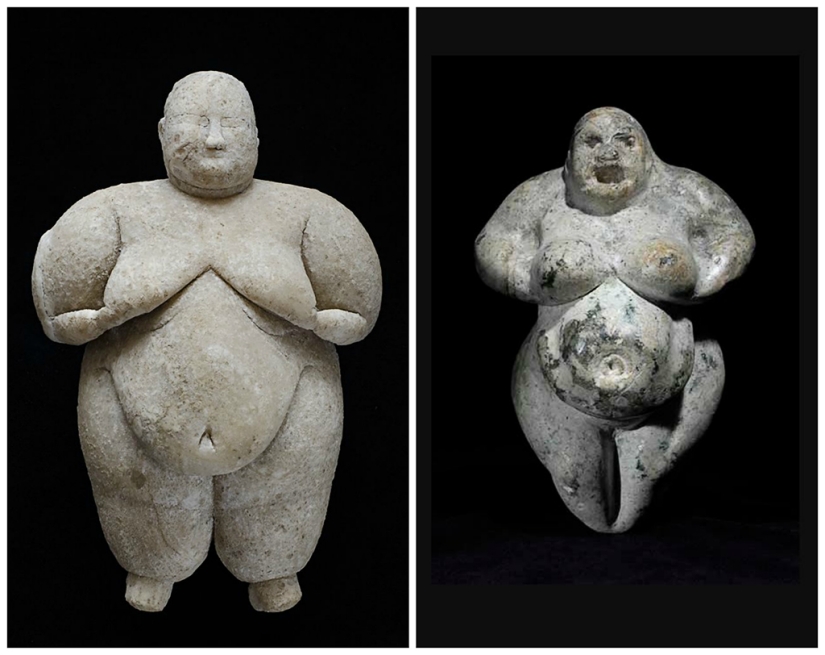
This is not surprising, since with a harsh lifestyle 10-20 millennia ago, it was important to have enough fat to warm the fetus and that breast milk had a high energy value. Aesthetics were out of the question then — you just had to survive. Today, doctors would diagnose such women as obese.
Cretan-Mycenaean period
The cradle of European culture is considered to be the Minoan and Mycenaean civilization of the III-II millennia BC on the territory of Crete and Balkan Greece. Archaeologists confirm that in this culture, the woman ceased to be just a "child-substitute" and became an object of admiration.
During this period, the chest was completely uncovered from the eyes of outsiders. At the same time, the ideal female figure has acquired slimness and grace, has approached what is considered the canon in our century. High breasts of a regular rounded shape-evidence of the harmonious physical development of the body in women of the Aegean civilization. Its size, judging by the proportions, is about the third.
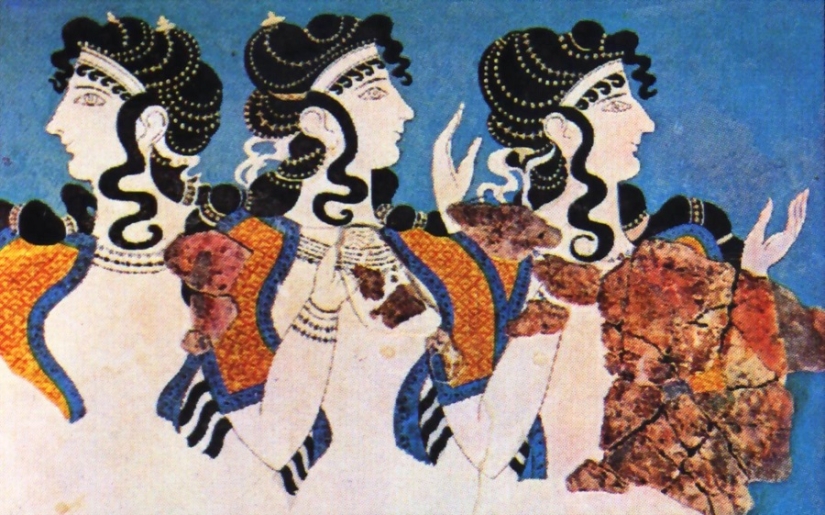
It's amazing that without the help of a plastic surgeon, such heavy breasts look high. In fact, women used the same technique as modern designers who create push-up bra models. The upper part of the clothing, something like a bolero, squeezed the chest on the sides, shifting it to the center and thereby visually increasing it.
Greece from the eighth to the first century BC
The Cretan-Mycenaean period ended with the "dark ages", about which little is known, and the main historical and cultural evidence is the" Iliad "and" Odyssey " of Homer. The few sculptures that have survived from those times, very conventionally depicted the bodies, mostly male.
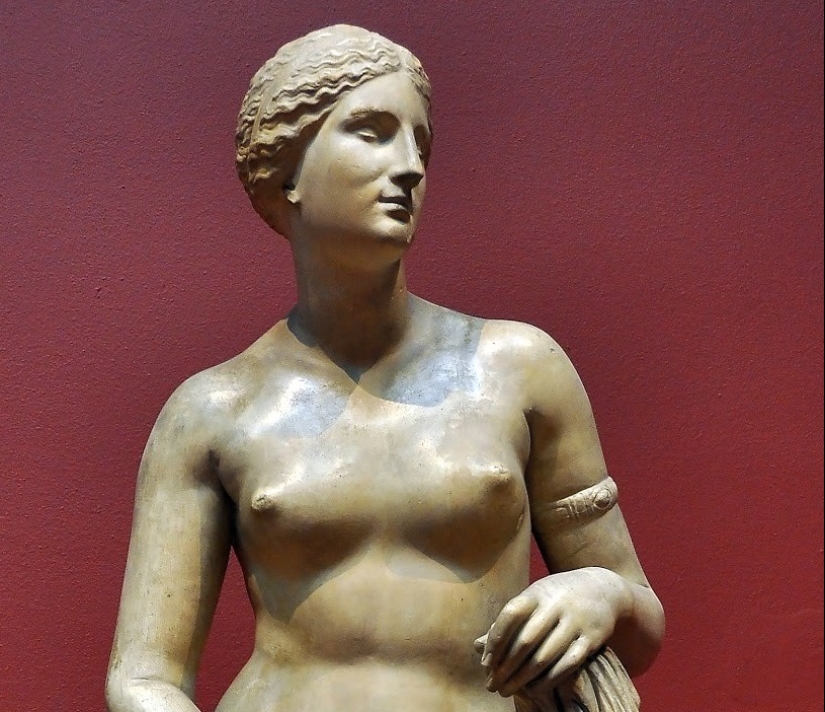
Then came three periods-Archaic, Classicist, and Hellenistic. In the archaic period, the female body was hidden behind a chiton, and one can only guess that the sculptors preferred slender, tall girls of almost asthenic physique. But in classical Greece and in the Hellenistic period, we again see all the beauty of the naked body. Moreover, it is depicted without any conventions — as it is.
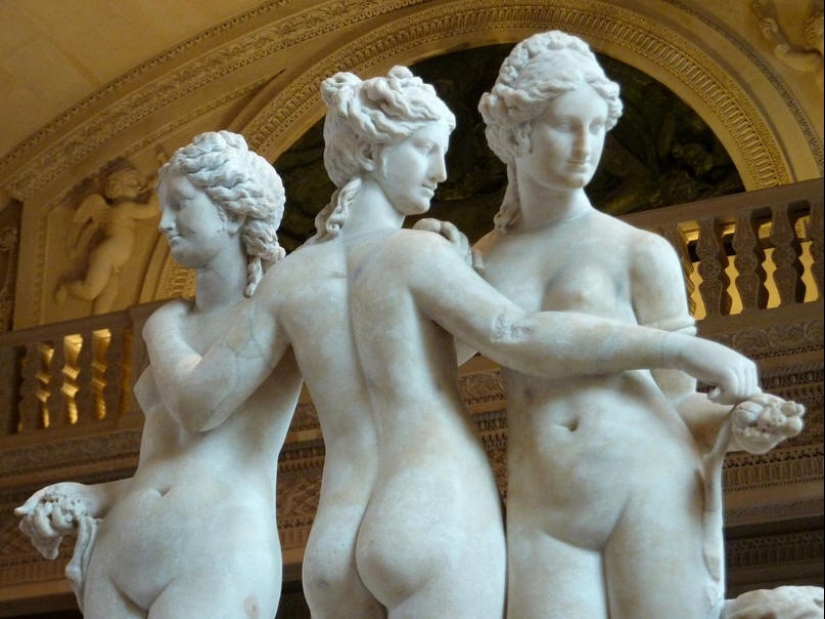
Sculptors showed the ideal of that era. They were young girls who had not yet given birth or fed children. In antiquity, the ideal of harmony reigned. That is why the honor was a medium-sized breast, having the right shape and at the same time quite high and elastic. Even then, women raised their breasts with a ribbon-the prototype of a modern corrective bra.
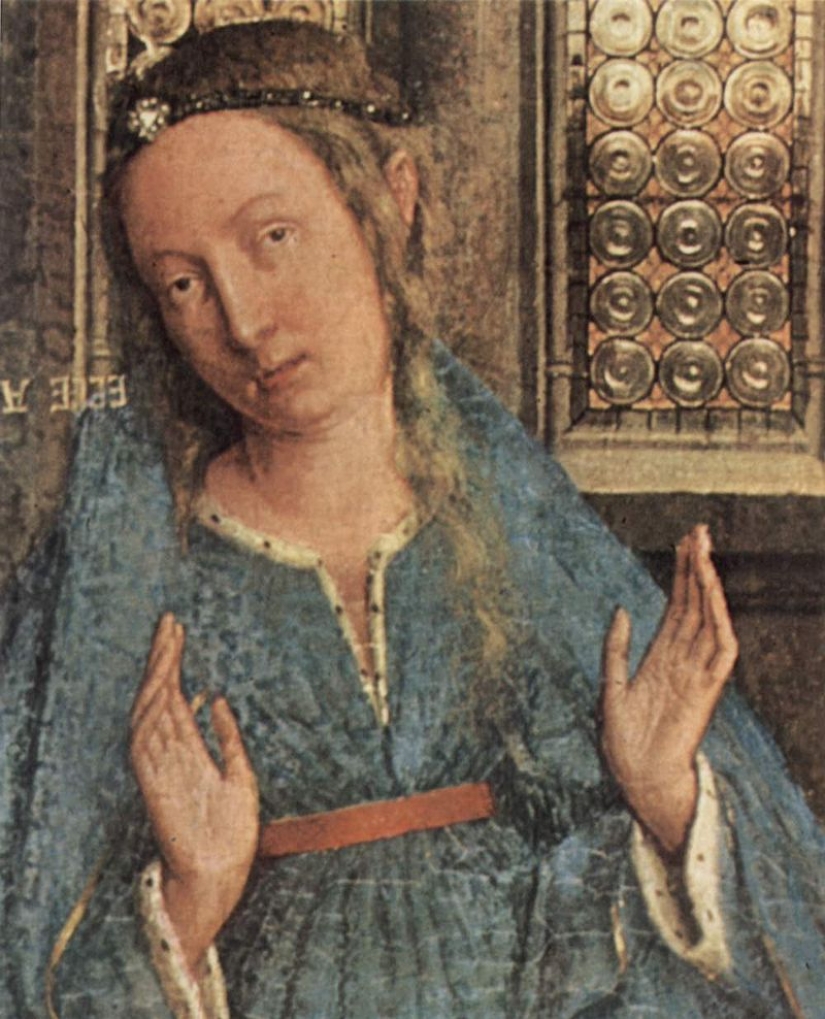
Famous for his medical oath, Aesculapius Hippocrates advised women with small breasts to increase the size of their breasts to sing loudly, because singing strengthens the pectoral muscles, which contributes to breast enlargement.
Early Christianity and the Middle Ages
With the rise of Christianity, the fashion for curvy forms in general and for large breasts in particular was replaced by a fashion for a slim build and a complete lack of breasts. Until the Renaissance, women had to morally conform to Christian concepts of righteousness and chastity. Therefore, anything that emphasized the beauty of her body and could seduce a man was considered sinful. Breast-feeding children was also an unworthy occupation among true Christian women.
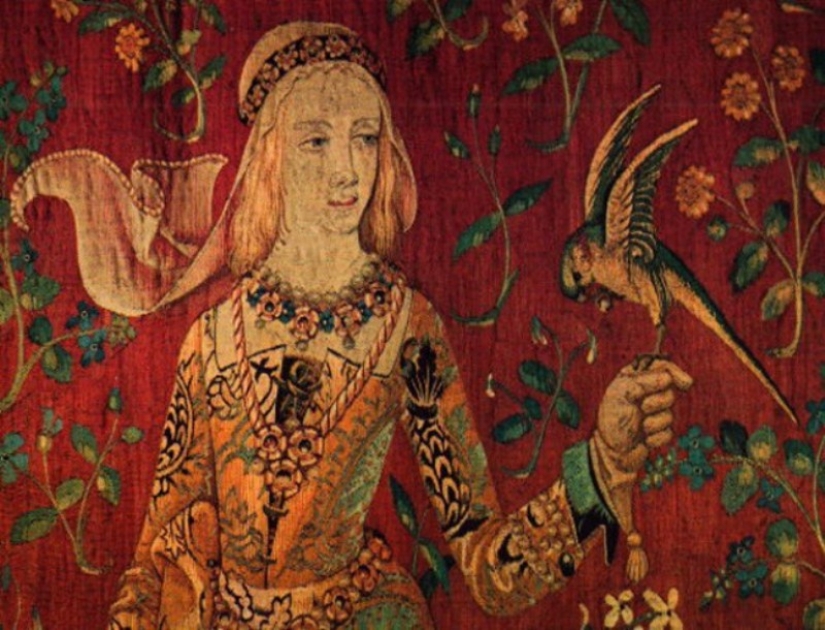
The clergy literally decreed that all women should have small breasts and hide them under their clothes. It was at this time that the girls were tied to their breasts at night with lead plates, so that the mammary gland did not develop. The day's "shortcomings" were hidden by a very tight corset.
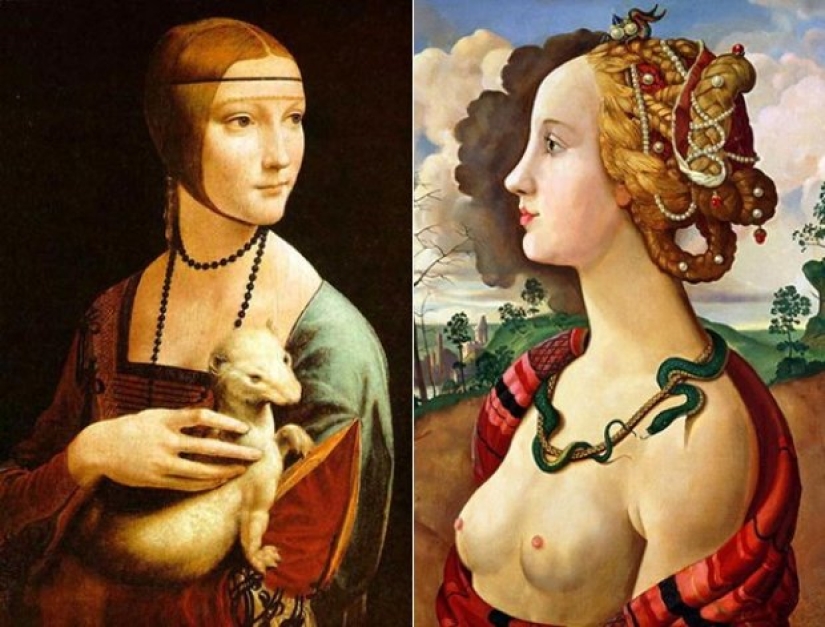
If we look at the works of medieval art that have come down to us, we will find that these ladies do not have breasts. With any designated forms, the artists depicted mainly maids — girls from the common people were not forbidden to have a bust, it only served as another confirmation of their rudeness, depravity and general lack of culture. Noble ladies could not allow such an indecent and ungodly detail in their appearance.
Renaissance
All bad things come to an end, and after the dark Middle Ages came the Renaissance, during which the female breast was "released". The cleavage was so indecent that the ladies had to touch up the color of the nipples for greater beauty.
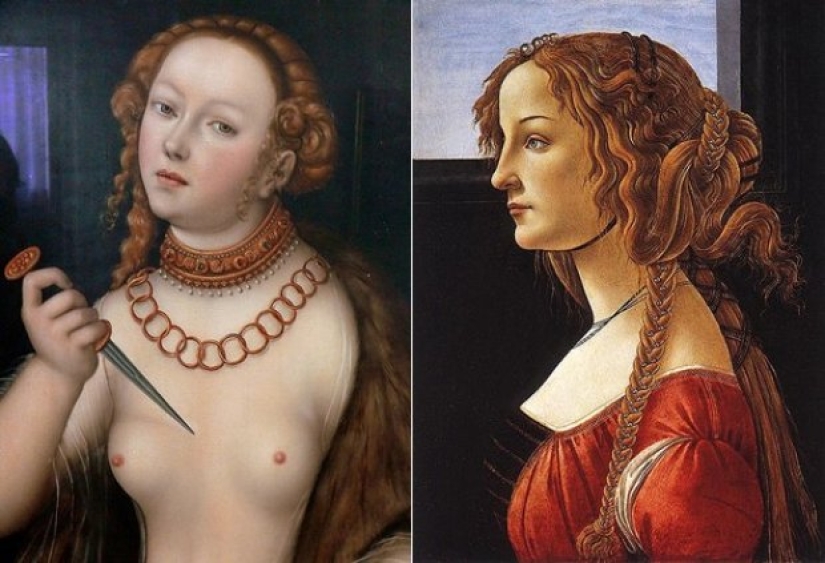
At the same time, a large bust was still not considered ideal among the nobility. We see a solid "two" even in the paintings of such a lover of magnificent ladies as Peter Paul Rubens.
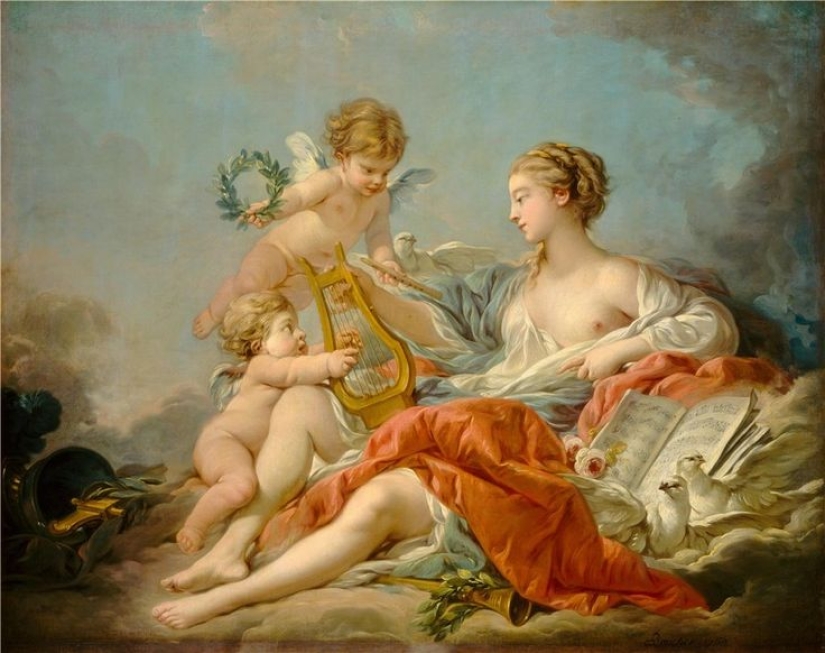

A great connoisseur of female beauty, Petrarch wrote about the shape of the breast: "They should be small, white, round, like apples, elastic."
From the Baroque to the Victorian era
At the beginning of the XVII century, very frank cleavage became fashionable. Corsets were made in such a way that the breasts acquired an appetizing shape, as much as possible emphasized.
Gradually, the ideal female shoulders become more and more broad and rounded, Percy-more and more large, and the figures-cheerfully plump. The Baroque era in the love of pronounced physicality went much further: the then female ideal — a real triumph of magnificent forms.
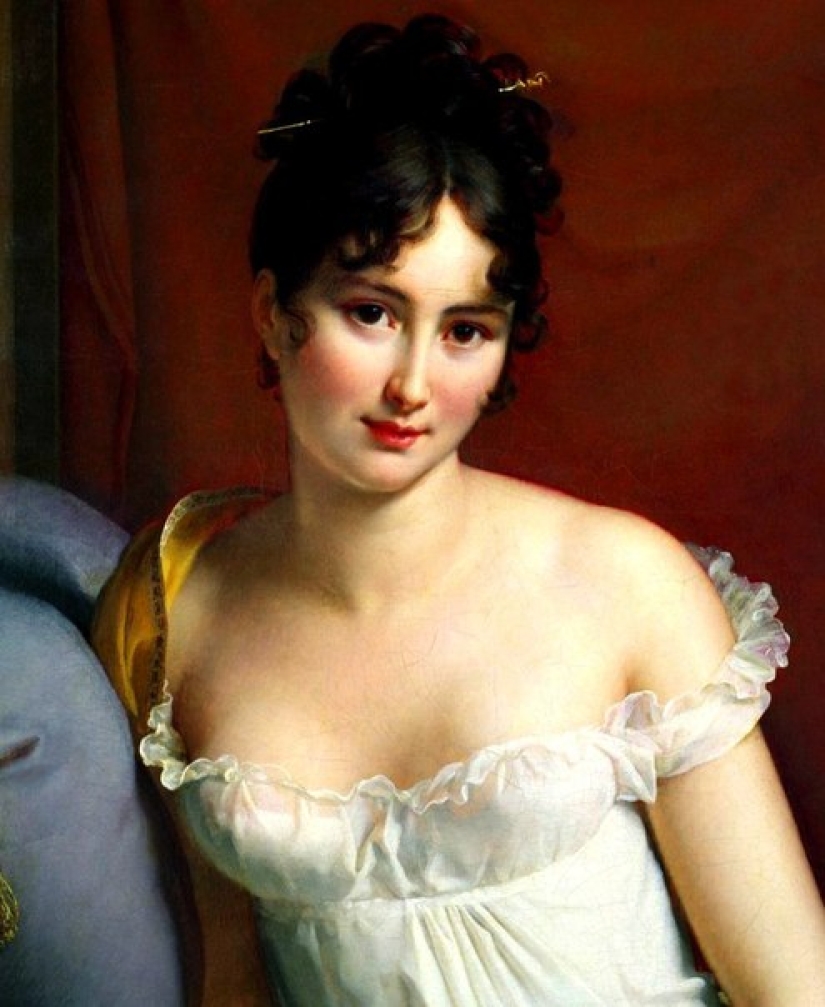
A short period of light erotic rococo put an end to this riot. More slender, but still quite plump young ladies with rounded faces and neat white rounded breasts came into fashion. Deep cleavage still attracted men's eyes. And for greater effect on the chest pasted flies. Kissing a woman's breast has become absolutely acceptable, as well as a hand.
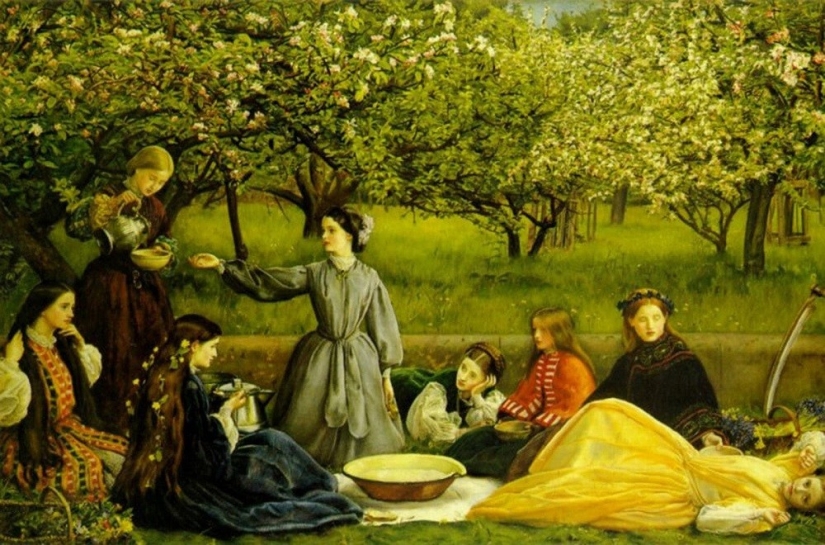
The classicism that followed the Rococo, with its desire for austerity and harmony in general, also did not encourage either bodily excesses or lack of weight: something in between was required, which did not offend the eye. But the erect, rounded chest, as a harmonious part of a healthy young body, remained an ideal.
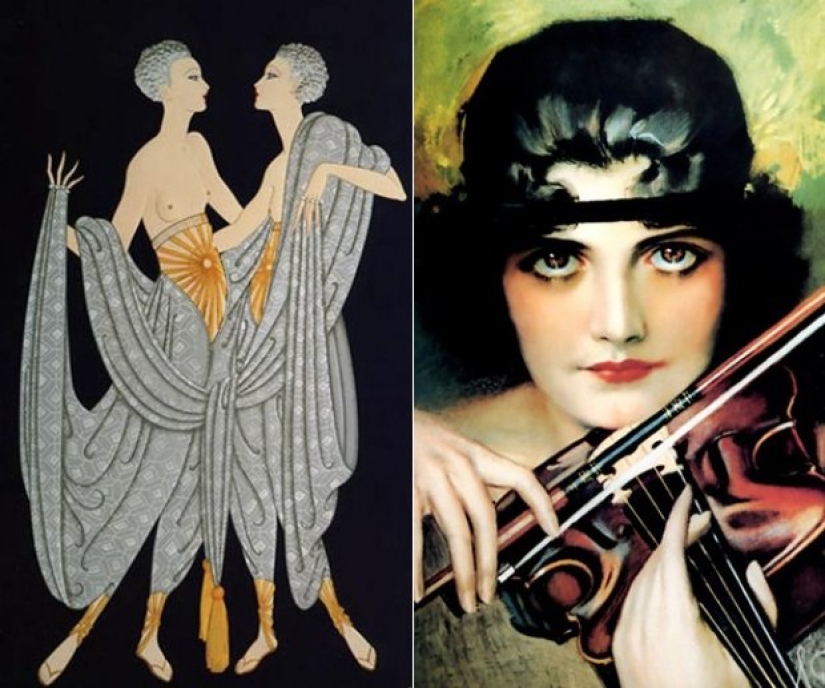
With the dominance of the Empire style, naturalness returned to fashion. Make-up, wigs and an abundance of other tinsel become a sign of vulgarity, and the eyes of progressive humanity have turned to the ideals of antiquity. The fashion includes light dresses without corsets, the chest in which lies freely, not squeezed by a whalebone, but emphasized by a high waist.
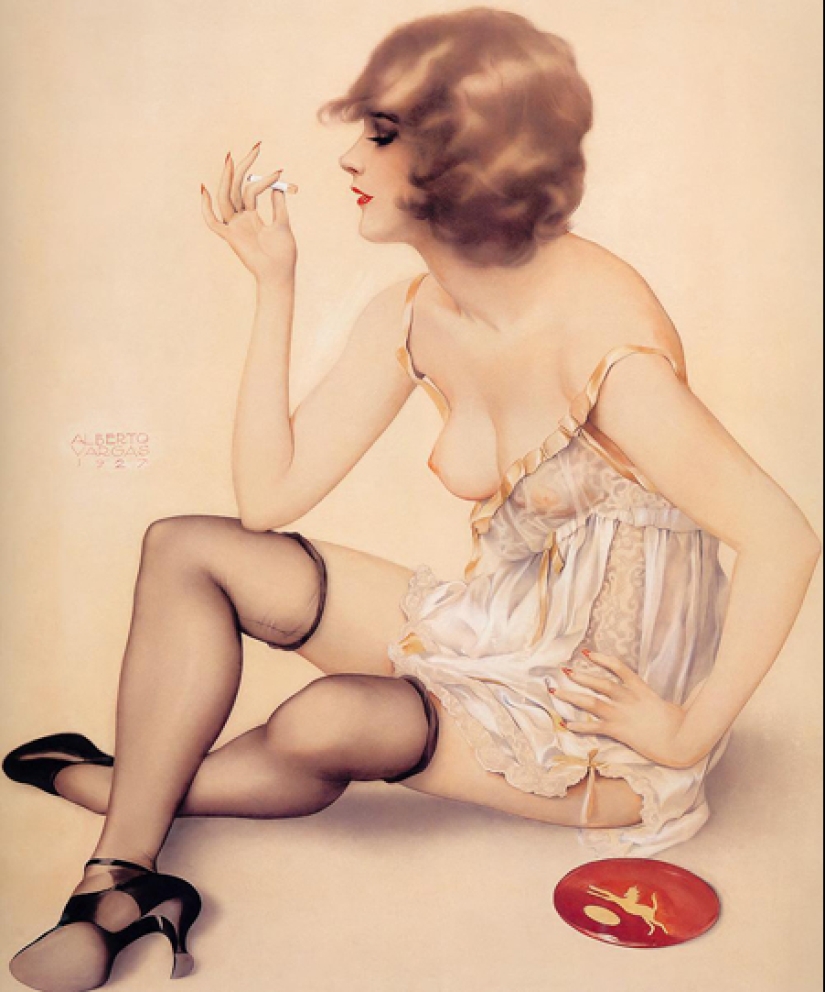
"Nude fashion", or à la sauvage, originated in Paris at the turn of the XVIII-XIX centuries, taking as a basis the ancient aesthetics and adding to it the French piquancy. Fashionistas sported cropped, absolutely transparent muslin dresses on the naked body. To heighten the effect, they moistened the fabric with water, so that it, sticking to the body, better emphasized its piquant bulges and hollows.
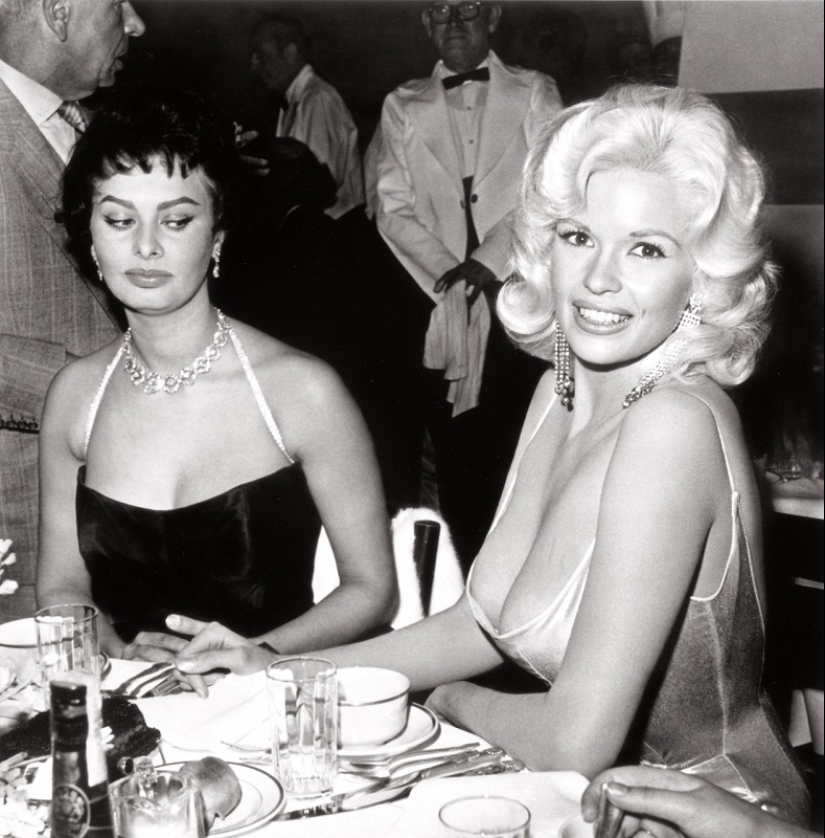
Doctors pointed out that many sacrifices were made in favor of the new fashion: fashionistas constantly caught colds and died like flies. At that time, the flu was called "muslin disease". Naked fashion was the subject of constant conversation in society, aroused ridicule and was a constant target for criticism. But in the end, it lasted only a little more than ten years and was replaced by a more strict and magnificent one.
In the XIX century, the breasts are again hidden in corsets, since female beauty is considered the property of the husband. And fashion and women's image began to change rapidly and constantly.
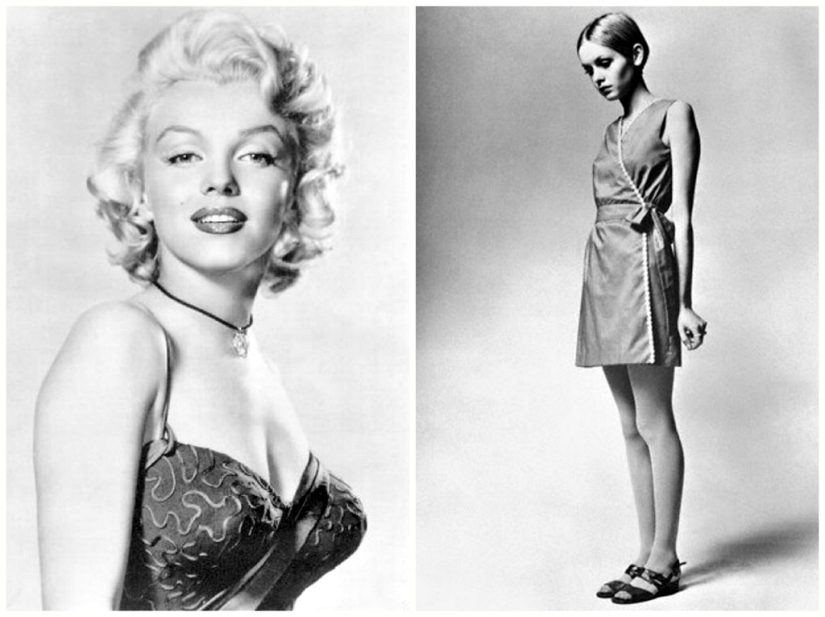
When the Victorian era came, the breasts were draped, covered completely from men's eyes under strict clothes and tried to visually reduce its volume.
XX and XXI century
The most unstable in terms of fashion for the chest was the XX century. In it, there was a parallel fashion for small breasts, like Twiggy, and for curvy forms, like Sophia Loren and Marilyn Monroe.
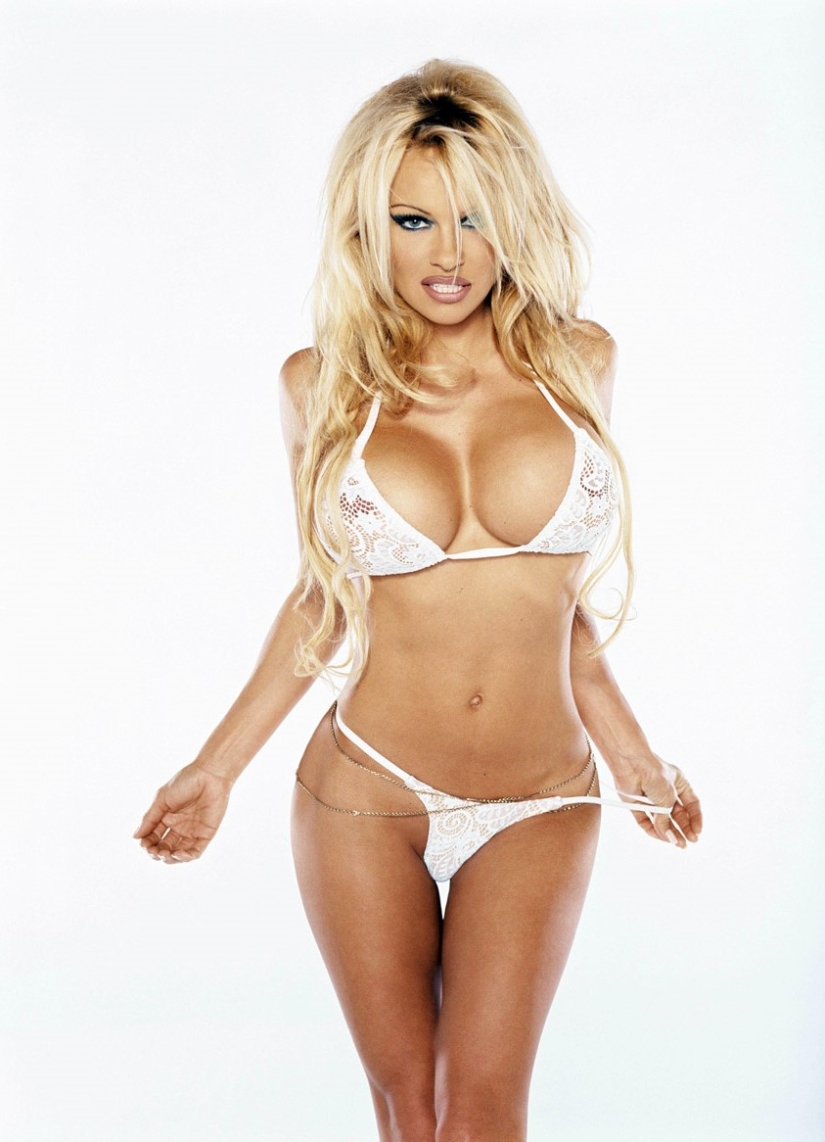
At the very beginning of the XX century, the ideal was still considered a lush chest, but then this fashion changed dramatically.
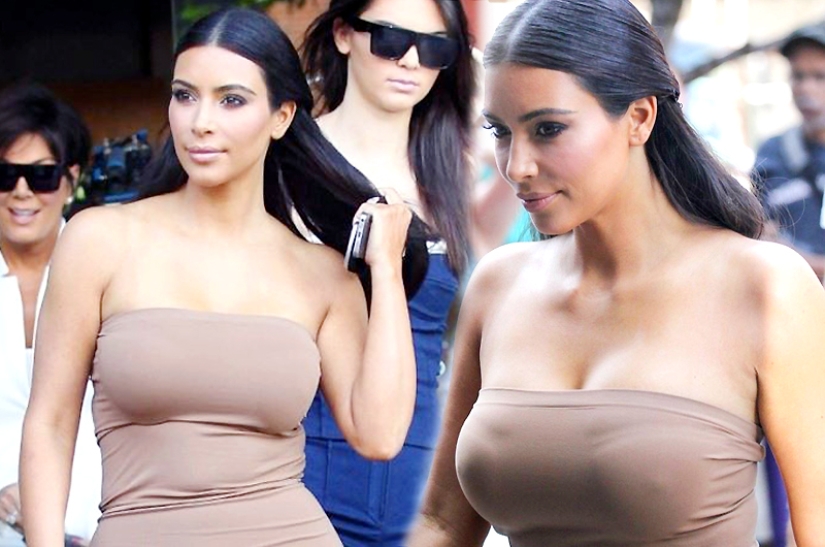
The 20s of the twentieth century dictated the fashion for women who were fragile, angular or elegant, while being quite athletic. The beauties of this period are thin as greyhounds, with narrow hips and small breasts, or even with a complete absence of them.
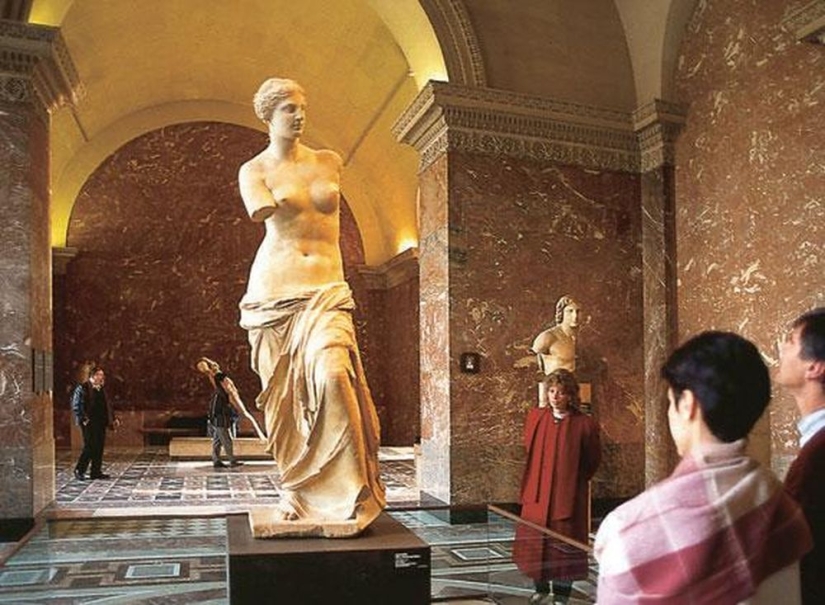
Everything changed rapidly, and the thin, boy-like beauties of decadence left, giving way to girls with a bust of the third size. It is claimed that in the 40s, Japanese prostitutes injected themselves with paraffin in the chest to please American employees.
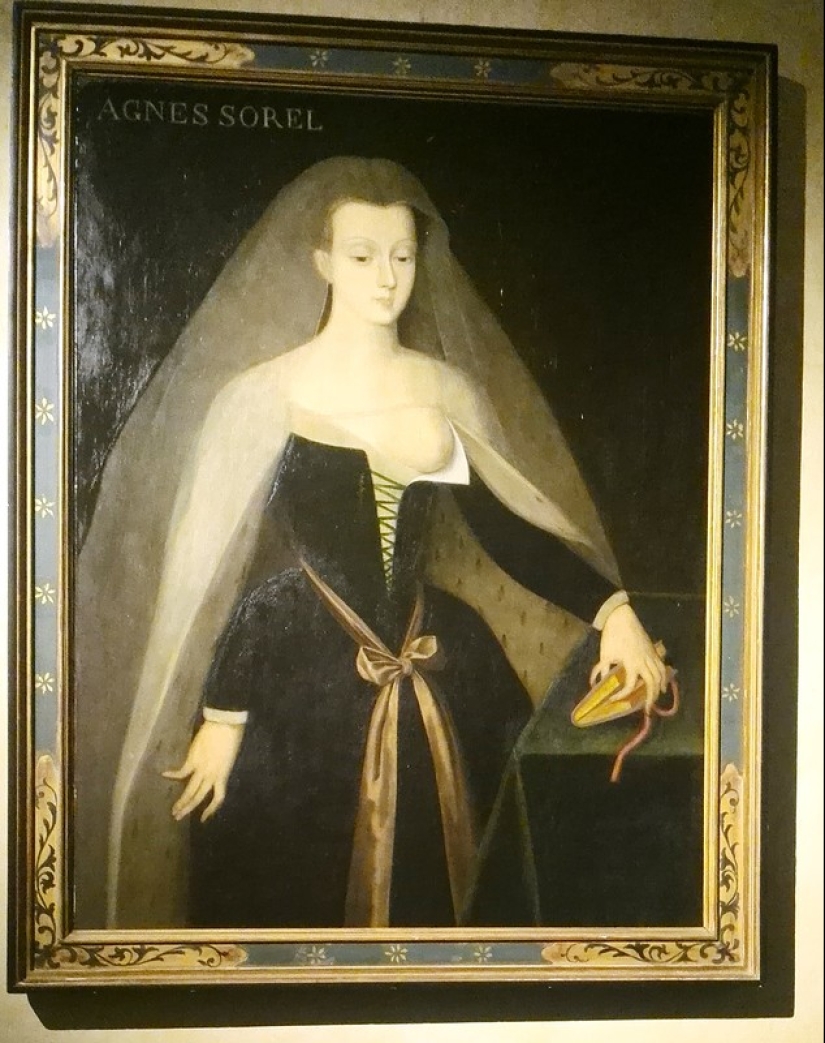
First, curvy actresses like Marilyn Monroe shone on the screens, then boyish figures came into fashion, like the fragile model of the 60s Twiggy. In general, the middle of the last century was unstable in terms of fashion: there was a parallel fashion for small breasts and curvy forms.
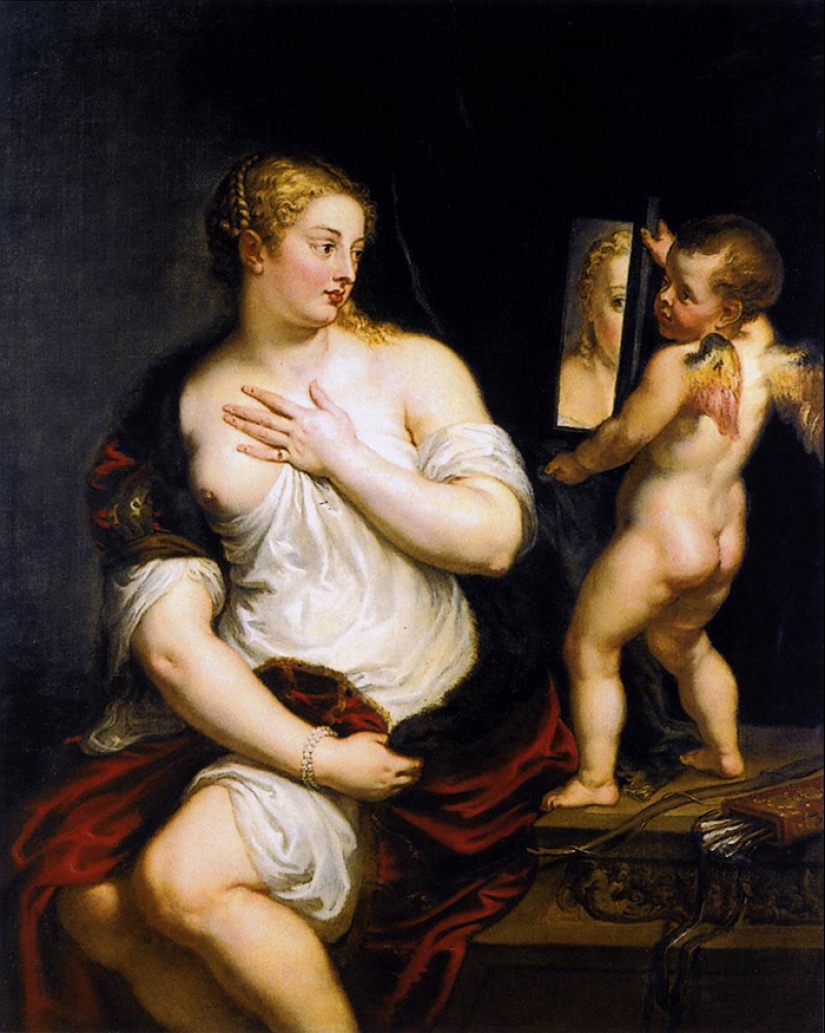
And in the 80s, the standard of beauty was generally hidden in the quantitative standard "90-60-90". It was during this period that plastic surgery began to flourish. There are affordable and safe for health silicone implants, thanks to which you can increase the breast to the desired number.
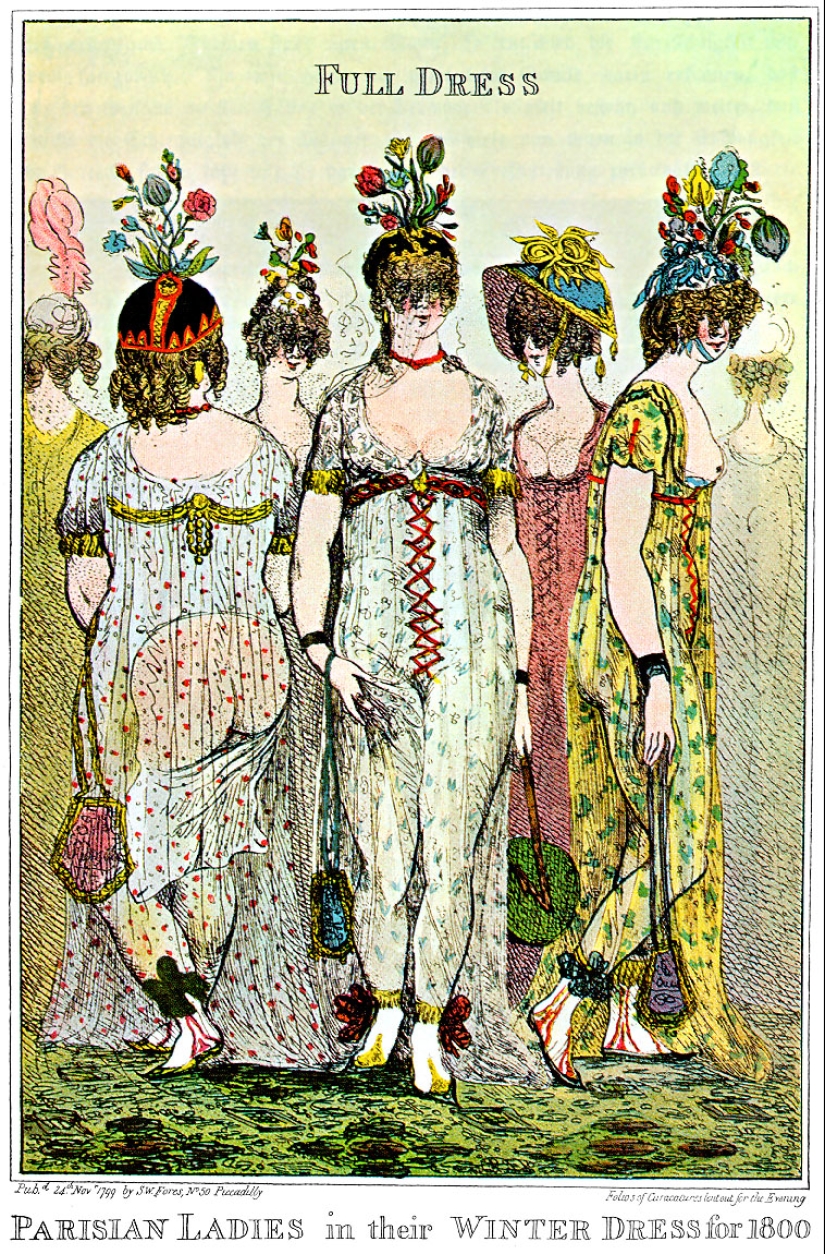
In the 90s, Pamela Anderson flashed with her size four breasts. And the ladies followed her and began to increase their breasts and even set personal records in this. For example, now the woman with the largest breasts in the world, German Myra Hills, has implants weighing 18 kg (and you better not see it).
But in the XXI century, the fashion for a huge bust began to subside, and many of the stars who recently pumped silicone, such as Pamela, get rid of it. After all, a new trend is coming into fashion — the bodypositive.
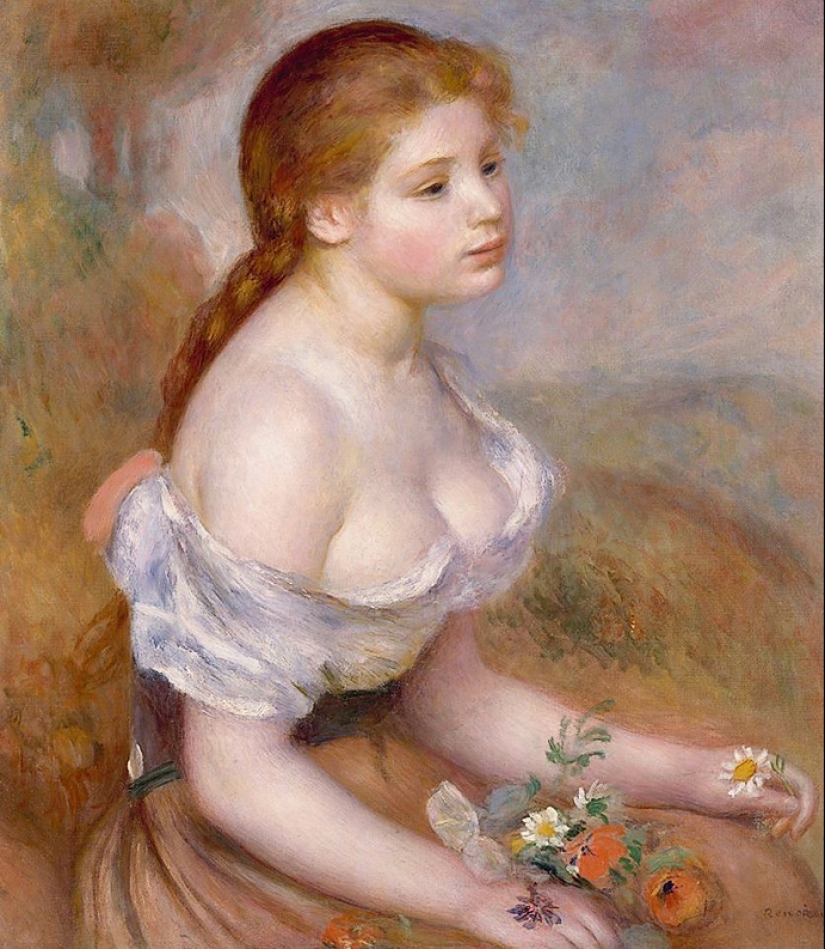
It's the turn of natural forms without silicone, and celebrities and their imitators are hurriedly getting rid of too provocative curves. According to experts of plastic surgery, in the 2010s, a new ideal was drawn: "bold" breasts. Instead of melons, apples and grapefruits are now in fashion. So Kim Kardashian with her fifth breast size is no longer on trend.
Keywords: History | Women | Beauty | Change | Sex | Breasts | Victorian era
Post News ArticleRecent articles

Most of us think that the color of the eggshell does not play any role and it is possible not to pay attention. But it's not and ...

The more we rely on technology, the more potential power hackers gain over us. It doesn't matter if their goal is to help or cause ...
Related articles

The Mongols seized in the 13th and 14th centuries, a large part of the Eurasian continent, was a force which could not to resist ...

A music album is not only a collection of tracks, but also an example of fine art. Each cover carries a certain meaning, and behind ...

In November 69 BC, she was born Cleopatra, the last Queen of Egypt from the Macedonian dynasty of the Ptolemies. Cleopatra, perhaps ...

Creating a good portrait is one of the most difficult tasks for any photographer. In order to make a really natural and memorable ...